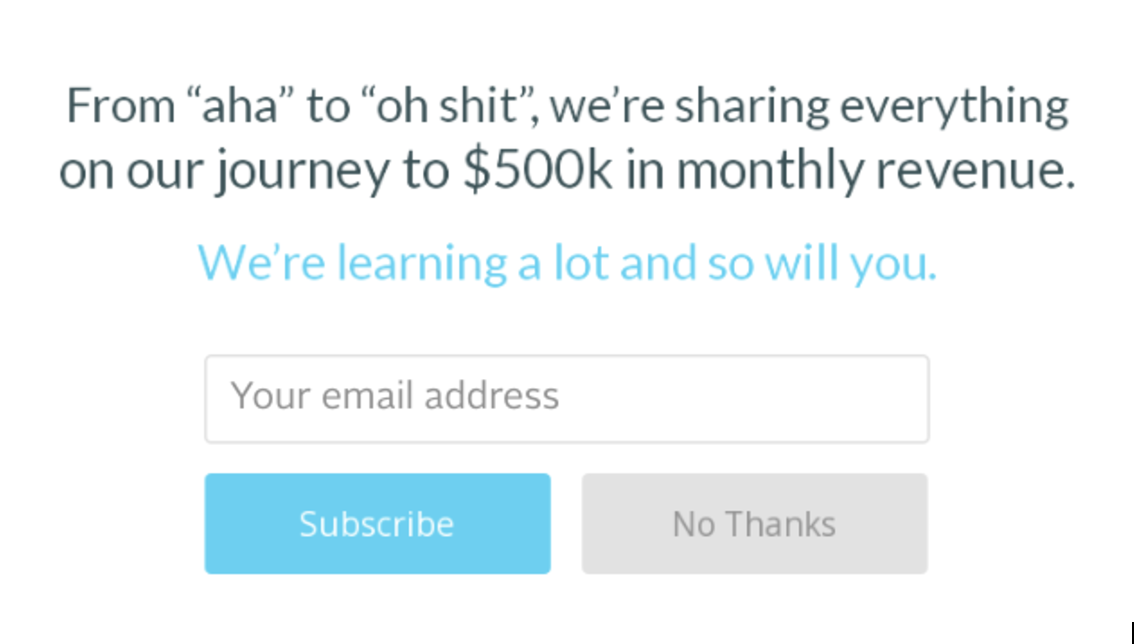It is often said ‘content is king’ but we think for the modern B2B marketer, content is air. That makes it so much harder to decide: should B2B marketers look for content marketing services or keep the work in-house?
Software-as-a-Service (SaaS) companies understand the value of content. Content marketing allows you to build brand awareness, generate leads, and get prospects down the funnel.
According to Content Marketing Institute’s 2020 Benchmarks, Budgets, and Trends Survey, nearly half of B2B marketers expect their content marketing budget to increase in 2020. That’s because it works.
For SaaS companies that don’t have traditional sales teams, content marketing is an essential part of the marketing mix. By providing educational resources, you can…
- Teach prospects about your services
- Help them do their jobs better
- Nurture leads down the marketing funnel
- Become a go-to expert in your space
Most of us know the benefits of content marketing, but what does it look like in practice? Content marketing has changed a lot in the last decade due to the evolution of both audience and technology. See the marketing metrics that are working.
For a little inspiration, we’re sharing how five SaaS companies are reaping benefits from content marketing. Read on:
1. Groove HQ
When Alex Turnbull, Founder of Groove, a help desk for small businesses and startups, started digging into his marketing, he realized that the company blog needed some love. The existing blog was full of generic tips on how to be better at customer support. Turnbull knew it wasn’t super inspiring.
So, Turnbull and his team decided to share their journey as an SaaS company, in the hopes that other SaaS companies would read along, and then get interested in the software. The resulting blog was honest, tactical, and inspiring.
The blog doesn’t function alone, either. The Groove team built email marketing into the overall experience, allowing readers to follow the journey through email.

Later on, Groove added a blog dedicated to customer support to reach prospects and customers who wanted advice on how to get better at providing a great customer experience.
Key takeaway: Tell the truth with fairness, integrity and accountability.
2. CoSchedule
CoSchedule offers an editorial calendar to content marketers. The software is great, but they’re competing in a cluttered space. After all, there is so much content out there about content marketing.
At first glance, it seems like there’s no room to succeed. But CoSchedule was able to differentiate themselves from the competition with content that was beyond valuable.
Not only do they provide insanely well-researched posts on how to write the perfect blog headline and how to improve content with “the skyscraper technique,” but they also provide a variety of templates that can be printed out and used by any content marketing manager.
Additionally, CoSchedule went all in with content, evident from the images in each post, which are well-designed and on-brand. The team doesn’t rely on silly GIFs or bizarre stock photos. Everything is branded and beautiful.
Key takeaway: Create detailed content give data and examples

3. Shopify
Shopify provides an easy to use website builder for those selling goods online, and they’ve long boasted some of the best small business content on the internet.
It’s not just that the content itself is informative and valuable– the Shopify has done significant work in organizing their content to make sure that visitors can find what they need. For example, Shopify has the following categories on the right of its blog:

This design allows visitors to navigate towards the topics that interest them, rather than forcing them to read the latest blog post.
Key takeaway: Make your words the hero of your design
4. Wistia
Unlike most SaaS companies, Wistia does much of its content marketing using video, rather than words. Of course this makes a lot of sense for a company that sells video embedding software to businesses.
Wistia provides quirky, educational resources on how to create professional videos through an all-inclusive hub. A lot of their tips explain how to do more with less. Like CoSchedule, Wistia creates many custom images to complement blog posts and videos.

Bonus: Wistia publishes their videos using their own software, which makes it obvious how good the videos are when a prospect watches. They feel much like watching the best possible how-to video on YouTube.
Key takeaway: Use customer-centric point of view.
5. Grammarly
Grammarly is a best friend to any writer, marketer, or editor. After all, the software helps ensure there are no grammatical or spelling errors in a piece of writing.
When it comes to content marketing, Grammarly is extremely charming. They’ve developed a brand voice that feels like a cool, hip librarian who’s dishing all they know about the written word.
A lot of Grammarly’s posts are positively useful, but it’s clear the team has done a lot of work to consider SEO. For example, how many times have you googled something like “lay vs lie”?

Key takeaway: Your brand overall style must be consistent
Caring about content
All the Saas companies we’ve explored have different approaches to content marketing, but they have one thing in common. They all believe that content marketing is important, and have dedicated substantial resources to making sure that the assets they publish are up to snuff.
If your company has questions on marketing your SaaS product, reach out to us!
For digital marketing insights in your inbox every week, sign up for our newsletter below.
